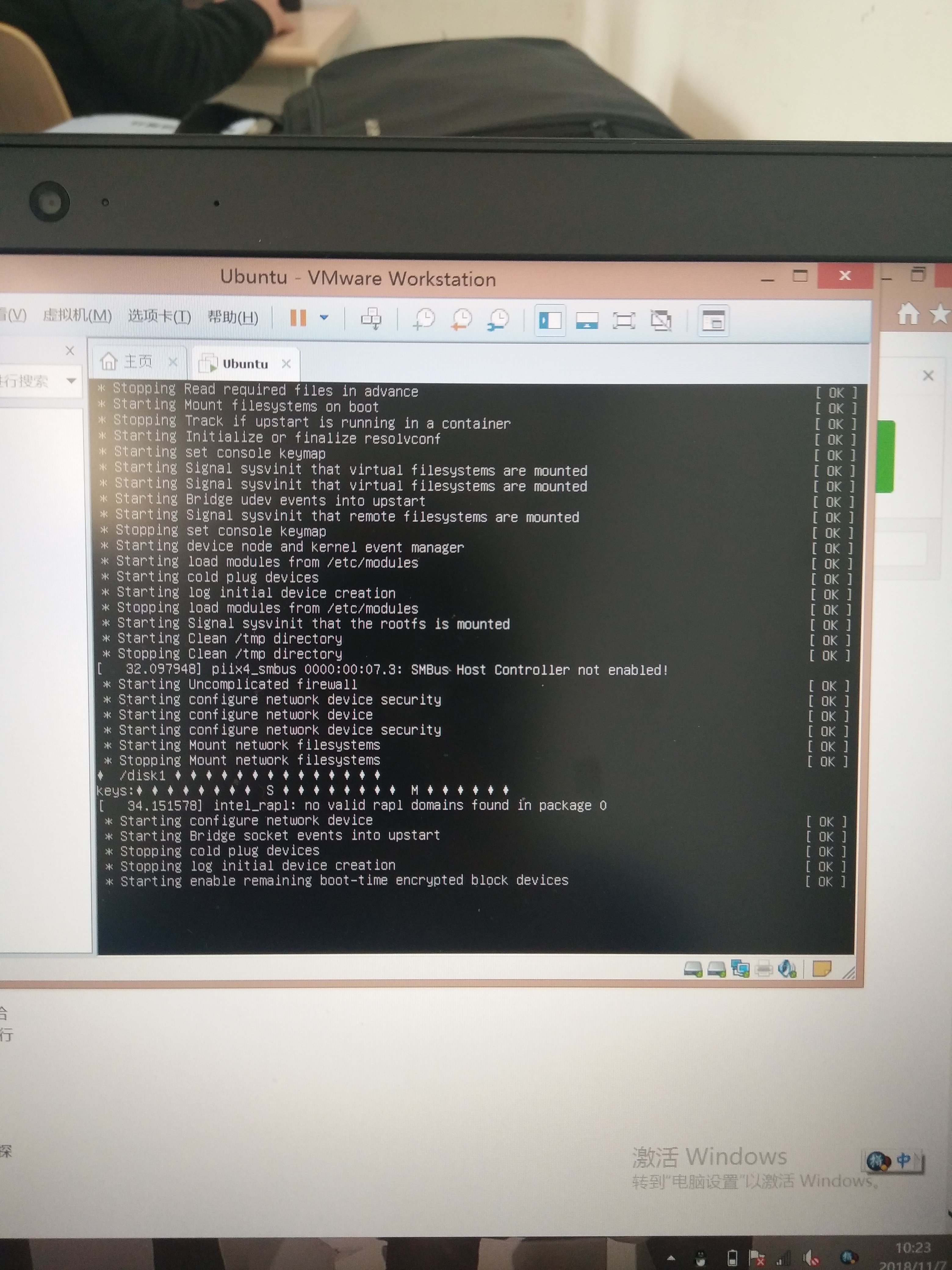可以将文章内容翻译成中文,广告屏蔽插件可能会导致该功能失效(如失效,请关闭广告屏蔽插件后再试):
问题:
I don't use the RI or RDoc output from the gems I install in my machine or in the servers I handle (I use other means of documentation).
Every gem I install installs RI and RDoc documentation by default, because I forget to set --no-ri --no-rdoc.
Is there a way to make those two flags the default?
回答1:
You just add following line to your local ~/.gemrc file (it is in your home folder)
gem: --no-document
or you can add this line to the global gemrc config file. Here is how to find it (in Linux)
strace gem source 2>&1 | grep gemrc
回答2:
From RVM’s documentation:
Just add this line to your ~/.gemrc or /etc/gemrc:
gem: --no-rdoc --no-ri
Note: The original answer was:
install: --no-rdoc --no-ri
update: --no-rdoc --no-ri
This is no longer valid; the RVM docs have since been updated, thus the current answer to only include the gem directive is the correct one.
回答3:
Note that --no-ri and --no-rdoc have been deprecated according to the new guides. The recommended way is to use --no-document in ~/.gemrc or /etc/gemrc.
install: --no-document
update: --no-document
or
gem: --no-document
回答4:
On Linux (and probably Mac):
echo 'gem: --no-document' >> ~/.gemrc
This one-liner used to be in comments here, but somehow disappeared.
回答5:
# /home/{user}/.gemrc
---
:update_sources: true
:sources:
- http://gems.rubyforge.org/
- http://gems.github.com
:benchmark: false
:bulk_threshold: 1000
:backtrace: false
:verbose: true
gem: --no-ri --no-rdoc
http://webonrails.com/2008/12/03/skiping-installation-of-ri-and-rdoc-documentation-while-installing-gems/
回答6:
On Windows XP the path to the .gemrc file is
c:\Documents and Settings\All Users\Application Data\gemrc
and this file is not created by default, you should create it yourself.
回答7:
A oneliner for the windows 7 users:
(echo install: --no-document && echo update: --no-document) >> c:\ProgramData\gemrc
回答8:
You can specify default options using the .gemrc configuration file.
Documentation about gem configuration file
回答9:
Step by steps:
To create/edit the .gemrc file from the terminal:
vi ~/.gemrc
You will open a editor called vi.
paste in:
gem: --no-ri --no-rdoc
click 'esc'-button.
type in:
:exit
You can check if everything is correct with this command:
sudo /Applications/TextEdit.app/Contents/MacOS/TextEdit ~/.gemrc
回答10:
As mentioned above, put gem: --no-document in your gem file. However, the system-wide gemrc will not always necessarily go into /etc/gemrc. If you are using RVM, or you have Ruby installed under /usr/local/bin, it needs to go in a different location. You can find this location by running irb and typing...
require 'rubygems'
Gem::ConfigFile::SYSTEM_WIDE_CONFIG_FILE
See the original post on this over here.
回答11:
On Windows7 the .gemrc file is not present, you can let Ruby create one like this (it's not easy to do this in explorer).
gem sources --add http://rubygems.org
You will have to confirm (it's unsafe).
Now the file is created in your userprofile folder (c:\users\)
You can edit the textfile to remove the source you added or you can remove it with
gem sources --remove http://rubygems.org
回答12:
For Windows users, Ruby doesn't set up .gemrc file. So you have to create .gemrc file in your home directory (echo %USERPROFILE%) and put following line in it:
gem: --no-document
As already mentioned in previous answers, don't use --no-ri and --no-rdoc cause its deprecated. See it yourself:
gem help install




